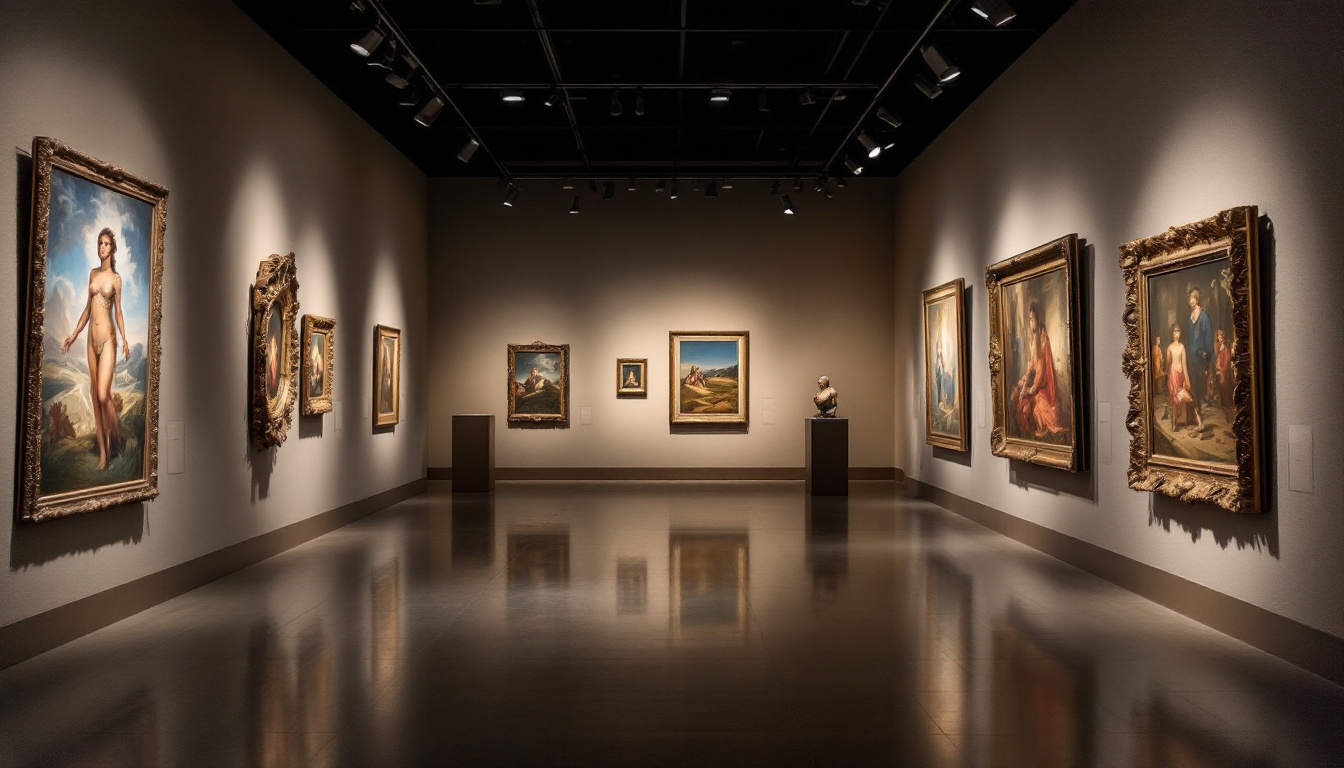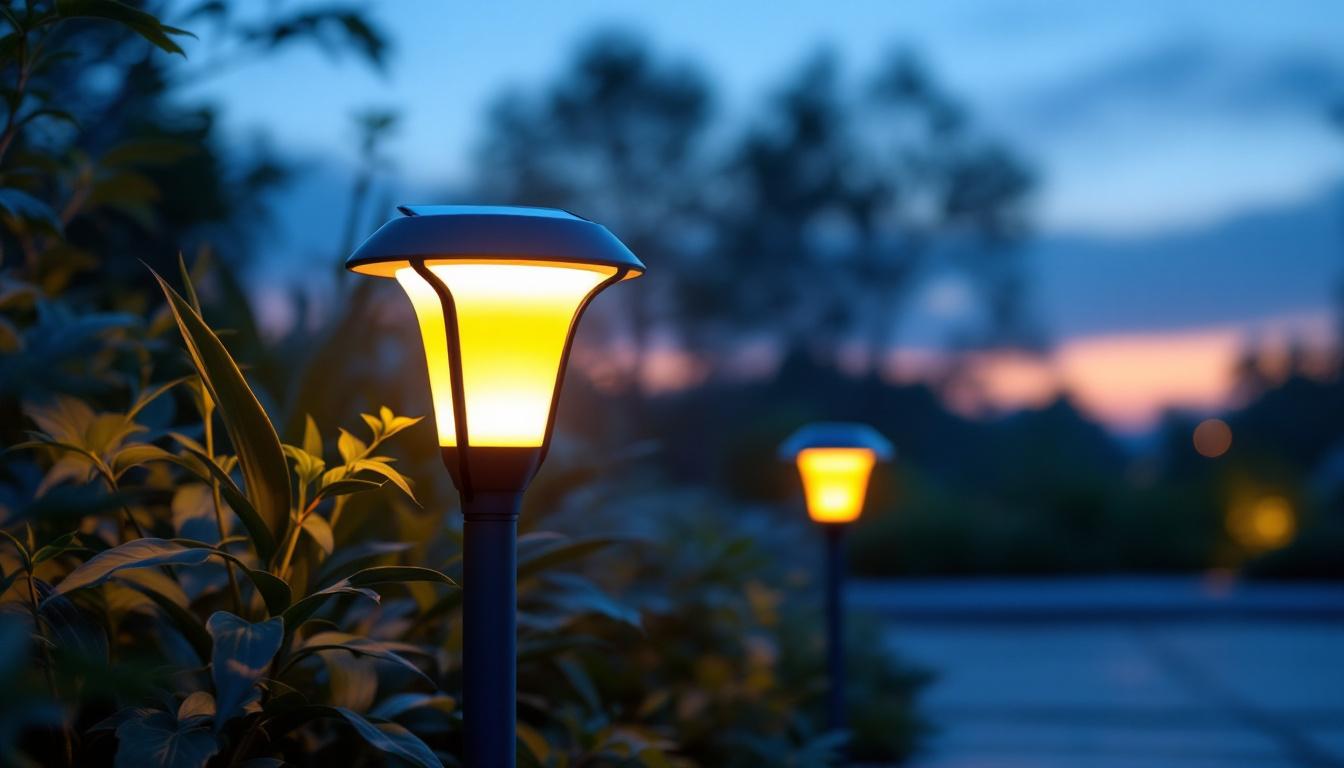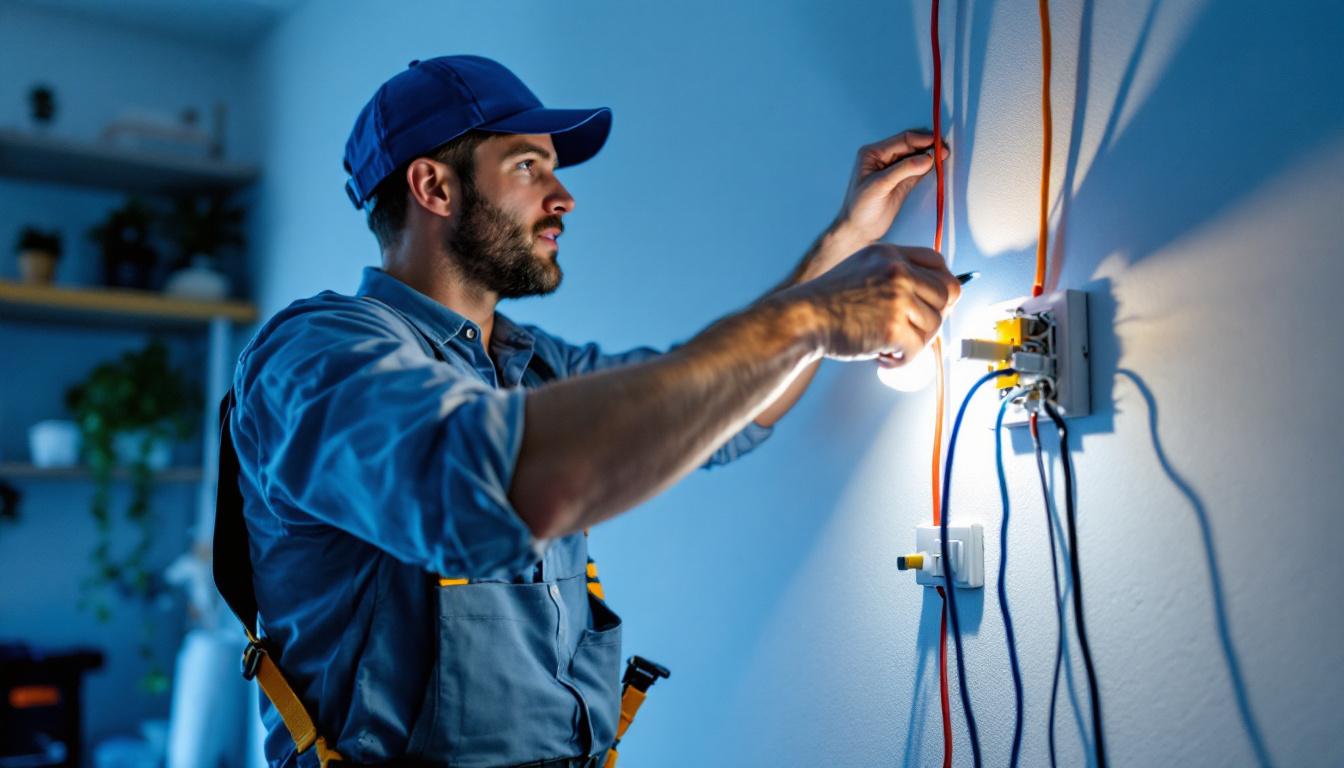
Museum lighting is not merely about illuminating artifacts; it plays a crucial role in enhancing the visitor experience and preserving the integrity of exhibits. Proper lighting can highlight the unique features of artworks and artifacts, guiding visitors’ attention and creating an atmosphere that complements the narrative of the exhibition. Conversely, poor lighting can detract from the viewer’s experience and even damage sensitive materials over time. For instance, ultraviolet (UV) light can cause fading in textiles and paintings, while excessive heat can warp delicate sculptures. Therefore, museum lighting must be designed with a keen awareness of the materials on display, ensuring that the longevity of the collection is prioritized alongside aesthetic appeal.
lighting contractors must recognize that museum lighting is a specialized field that requires a deep understanding of both technical and aesthetic considerations. The right lighting can transform a mundane display into a captivating experience, while the wrong choices can lead to costly mistakes. Understanding the nuances of museum lighting is essential for any contractor looking to excel in this area. This includes not only the selection of fixtures and bulbs but also the implementation of advanced technologies such as dimming systems and smart controls that allow for flexibility in lighting design. Such innovations enable curators to adapt the lighting according to different exhibitions or events, further enhancing the visitor experience.
There are various types of lighting used in museums, each serving a specific purpose. Ambient lighting provides general illumination, ensuring that visitors can navigate the space comfortably. Accent lighting, on the other hand, is used to draw attention to particular pieces, enhancing their visibility and impact. Finally, task lighting is essential for areas where detailed work or reading may occur, such as in restoration labs or educational spaces. Each type of lighting must be carefully balanced to create a harmonious environment that supports the overall goals of the exhibition. Understanding these different categories is a fundamental step in avoiding common pitfalls in museum lighting projects.
In addition to these primary types, museums often employ specialized lighting techniques such as backlighting, which can create dramatic effects that enhance the three-dimensionality of objects, or projection mapping, which can bring static displays to life with dynamic visuals. These innovative approaches not only captivate audiences but also provide educational opportunities by illustrating historical contexts or artistic techniques. Furthermore, the integration of sustainable lighting solutions, such as LED technology, is becoming increasingly important in museums. LEDs not only reduce energy consumption but also emit less heat and UV radiation, making them a safer choice for preserving precious artifacts. As museums continue to evolve, the role of lighting will remain pivotal in shaping the way visitors interact with art and history.
Despite the importance of effective lighting, many contractors fall prey to common mistakes that can compromise the integrity of their projects. Identifying these pitfalls early can save time, resources, and ultimately, the success of the exhibition.
Every artwork or artifact has unique lighting requirements based on its material, color, and historical significance. For instance, paintings may require specific color temperatures to preserve their hues, while textiles might be sensitive to UV light. Failing to consider these factors can lead to irreversible damage, such as fading or deterioration.
Contractors must conduct thorough research on each piece being displayed and consult with curators or conservators to ensure that the lighting design aligns with the preservation needs of the collection. This step is vital in creating a lighting plan that respects the integrity of the artworks while enhancing their visual appeal.
In an era where sustainability is paramount, overlooking energy efficiency in museum lighting projects can be a costly mistake. Traditional incandescent bulbs consume significant energy and generate excessive heat, which can negatively impact the climate control systems in museums. Instead, LED lighting has emerged as a preferred option due to its energy efficiency and lower heat output.
Moreover, energy-efficient lighting solutions can lead to substantial cost savings over time, making them an attractive option for museums operating on tight budgets. By prioritizing energy efficiency, contractors not only contribute to the sustainability of the museum but also enhance its operational viability.
To avoid the costly mistakes associated with museum lighting projects, contractors should adhere to best practices that ensure both aesthetic appeal and functional effectiveness. These practices encompass planning, execution, and ongoing evaluation.
Before embarking on a lighting project, conducting a comprehensive assessment of the space is crucial. This assessment should include evaluating existing lighting conditions, understanding the layout of exhibits, and identifying the specific needs of each artifact. By gathering this information, contractors can develop a tailored lighting plan that addresses the unique challenges of the museum environment.
In addition to assessing the physical space, it is also essential to consider visitor behavior and traffic patterns. Understanding how visitors interact with the exhibits can inform decisions about where to place lighting fixtures and how to adjust brightness levels for optimal visibility.
Modern technology offers a wealth of tools that can enhance museum lighting projects. From advanced lighting control systems to software that simulates lighting scenarios, leveraging these innovations can lead to more effective and efficient designs. For instance, using smart lighting controls allows for dynamic adjustments based on the time of day or visitor traffic, ensuring that exhibits are always presented in the best light.
Additionally, incorporating color temperature adjustments can help create different moods and atmospheres within the museum, enhancing the overall visitor experience. By embracing technology, contractors can stay ahead of the curve and deliver cutting-edge lighting solutions that meet the evolving needs of museums.
Successful museum lighting projects often hinge on collaboration between various stakeholders. Lighting contractors should engage with curators, conservators, and exhibition designers to ensure that all perspectives are considered in the planning process. This collaborative approach fosters a holistic understanding of the exhibition goals and the specific requirements of each artifact.
Curators and conservators possess invaluable knowledge about the artworks and artifacts on display. Their insights can guide contractors in making informed decisions about lighting design, including the selection of fixtures and placement of lights. By involving these experts early in the process, contractors can avoid potential pitfalls and ensure that the final lighting design aligns with the museum’s mission.
Moreover, ongoing communication throughout the project can facilitate adjustments and refinements to the lighting plan, ensuring that it meets the evolving needs of the exhibition as it develops.
Exhibition designers play a critical role in shaping the visitor experience, and their input is essential for creating a cohesive lighting design. By collaborating with these professionals, contractors can ensure that the lighting complements the overall aesthetic and narrative of the exhibition. This collaboration can lead to innovative solutions that enhance both the visual appeal and functionality of the space.
Furthermore, exhibition designers can provide insights into how lighting interacts with other design elements, such as colors, textures, and spatial arrangements. This holistic approach can elevate the overall quality of the exhibition, creating a memorable experience for visitors.
The completion of a museum lighting project does not signify the end of the contractor’s responsibilities. Ongoing evaluation and adjustment of lighting designs are essential to ensure that they continue to meet the needs of both the artifacts and the visitors.
Regular assessments of the lighting conditions in the museum can help identify areas for improvement. Factors such as changes in exhibit layouts, new acquisitions, or shifts in visitor behavior may necessitate adjustments to the lighting design. By conducting routine evaluations, contractors can proactively address any issues and ensure that the lighting remains effective and appropriate.
These assessments should include monitoring light levels, checking for any signs of damage to artifacts, and gathering feedback from museum staff and visitors. This comprehensive approach allows contractors to make informed decisions about necessary adjustments.
The field of lighting technology is continually evolving, with new products and innovations emerging regularly. Staying updated on the latest advancements can provide contractors with fresh ideas and solutions for enhancing museum lighting projects. Attending industry conferences, participating in training sessions, and engaging with professional networks can help contractors remain informed about the latest trends and best practices.
By embracing new technologies and techniques, contractors can continually improve their lighting designs, ensuring that they meet the highest standards of quality and effectiveness.
Museum lighting is a complex and nuanced field that requires careful consideration of both technical and aesthetic factors. By understanding the importance of effective lighting, recognizing common pitfalls, and adhering to best practices, lighting contractors can create successful projects that enhance the visitor experience while preserving the integrity of artifacts.
Collaboration with experts, ongoing evaluation, and a commitment to innovation are key components of successful museum lighting projects. By prioritizing these elements, contractors can avoid costly mistakes and contribute to the creation of engaging and memorable museum experiences.
In an ever-evolving landscape, the role of lighting in museums will continue to grow in significance. Embracing the challenges and opportunities presented by this field can lead to rewarding outcomes for both contractors and the institutions they serve.
Ready to elevate your museum lighting projects with the finest spec-grade lighting products? Look no further than LumenWholesale, where we offer an extensive selection of top-quality lighting solutions at unbeatable wholesale prices. Say goodbye to inflated markups and hello to hassle-free bulk buying with free shipping. With LumenWholesale, you’re guaranteed reliable, high-performance lighting that meets the highest industry standards—ensuring your installations not only enhance the visitor experience but also preserve the integrity of priceless artifacts. Don’t compromise on quality or value; choose LumenWholesale for the perfect blend of affordability and convenience. Explore our products now and secure Wholesale Lighting at the Best Value.

Discover the essential guide for lighting contractors on flush mounted lights.

Discover how outdoor motion security lights can enhance your lighting installation projects by boosting safety, energy efficiency, and aesthetic appeal.

Discover how solar-powered yard lamps are revolutionizing the lighting industry with sustainable technology, cost efficiency, and eco-friendly design.

Discover essential resources and expert tips from lighting contractors to master the installation and troubleshooting of three-way light switches.